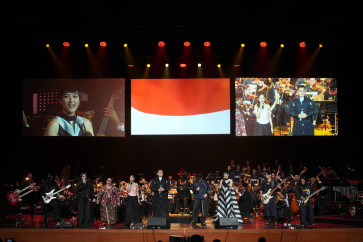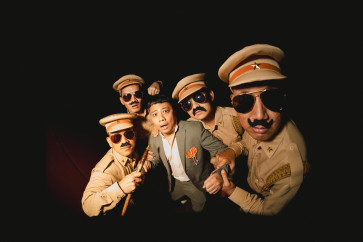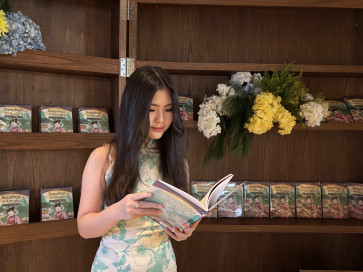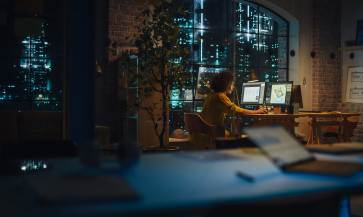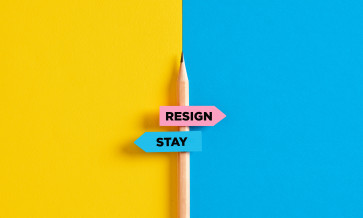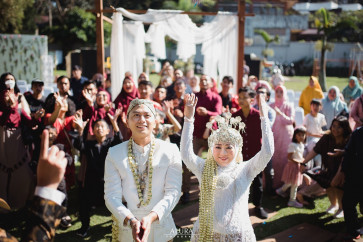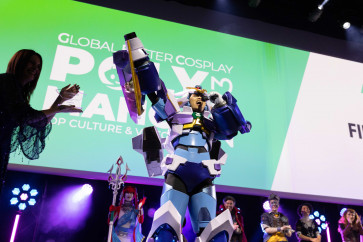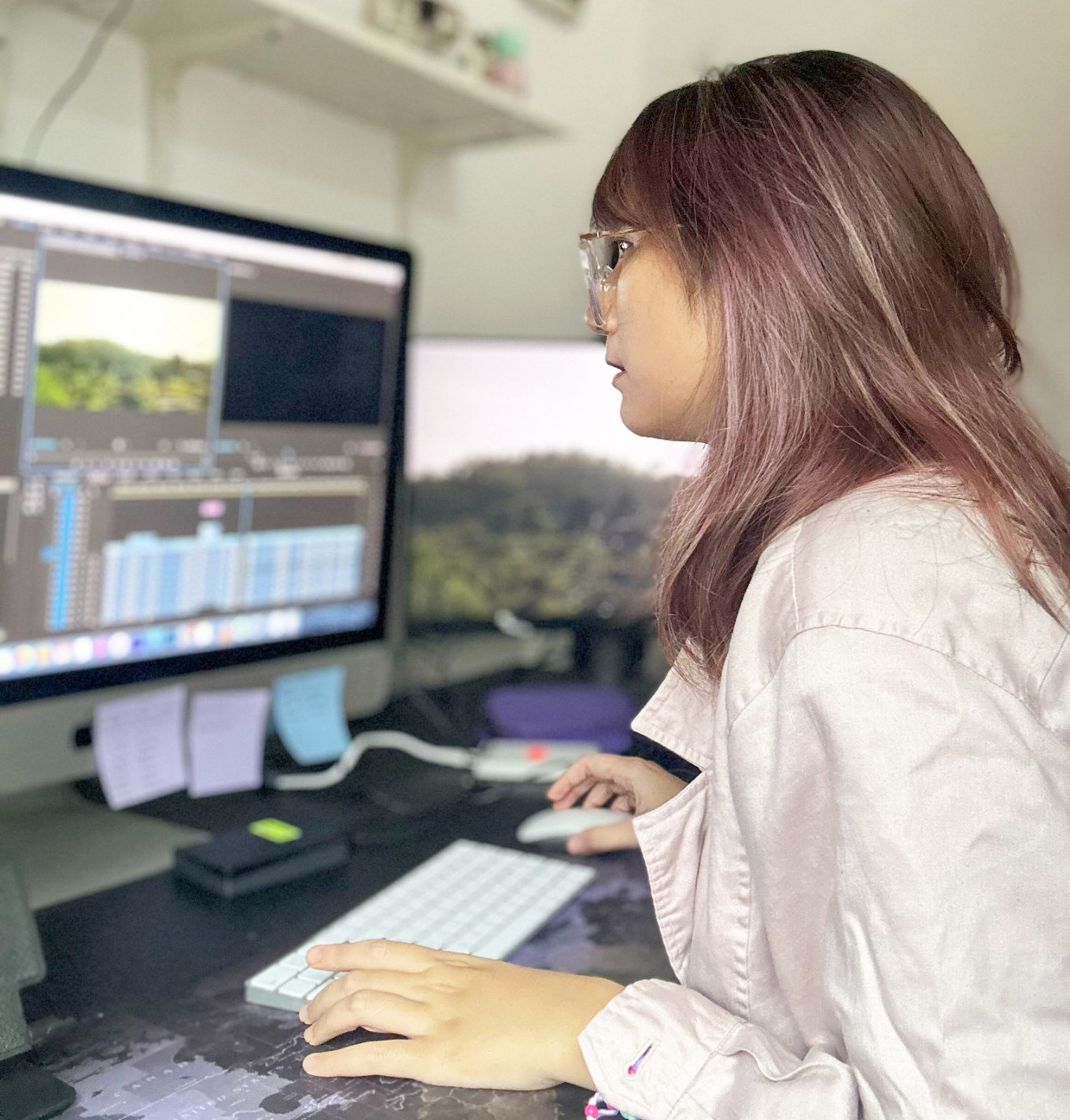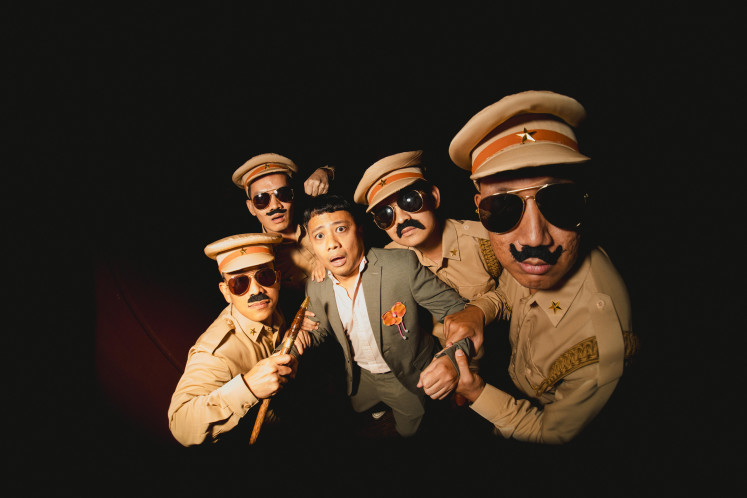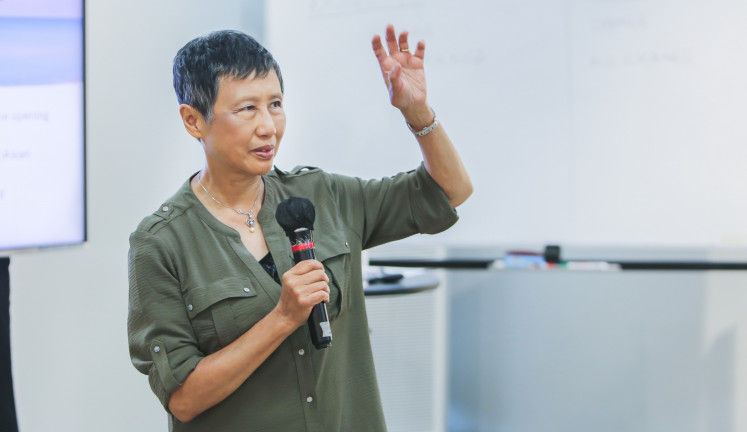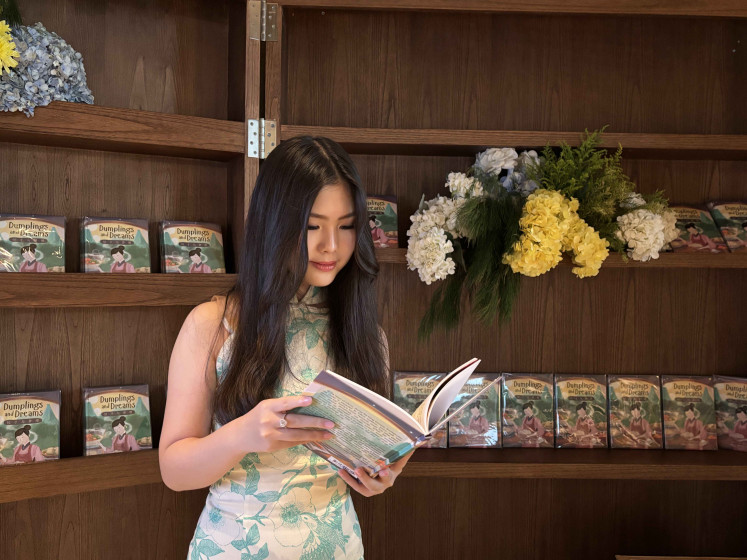Great films are often praised for the director’s vision or the actors’ performances, but behind every powerful scene and seamless transition is an unsung hero that helped shape the story: the editor.
Editing a movie goes beyond splicing clips: It’s assembling, preparing the rough cut and merging it with the director’s vision, and that’s where the fun begins.
To craft a single, 10-second scene, an editor might spend anywhere from three to five hours, sometimes even an entire day. For a two-hour movie, they can spend more than 3,500 hours.
“An editor isn’t just someone who arranges scenes; we’re the second director,” says Febby Gozal, a 33-year-old film editor.
“We shape the story’s heartbeat, guiding it from raw footage to a narrative that resonates.”
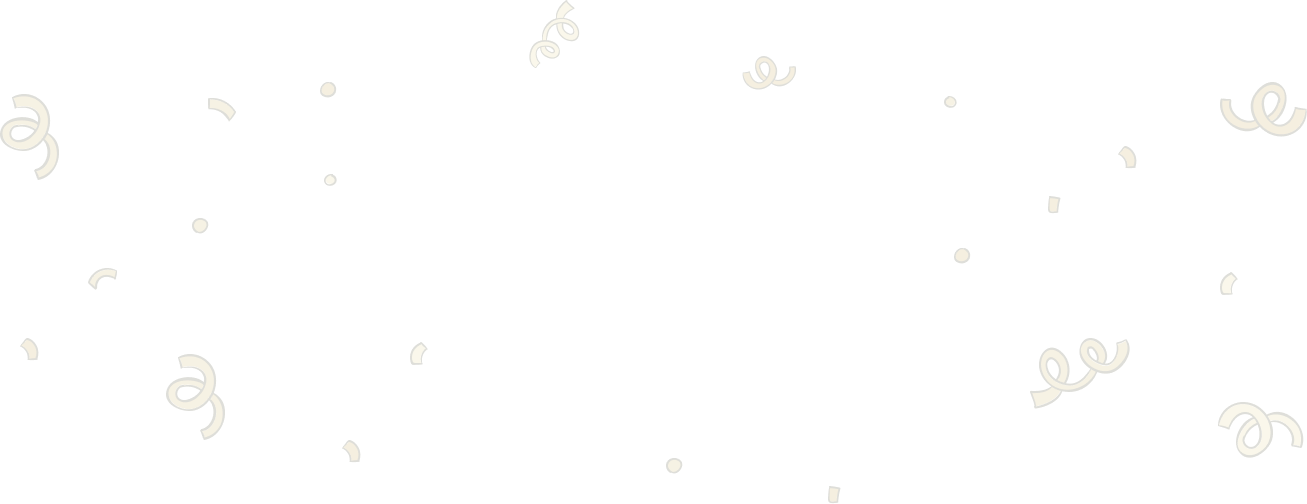
Thank you!
For signing up to our newsletter.
Please check your email for your newsletter subscription.
Despite their pivotal role, editors rarely receive the same recognition that comes with the cinema’s spotlight. They don’t walk red carpets or sit for glowing interviews about their creative process.
Though their names appear on film posters, they are often relegated to tiny fonts. Categories like “Best Director” and “Best Actor” overshadow “Best Editing”, though it might be a blessing in disguise, as editors tend to shy away from the spotlight.
Within the industry itself, editing is sometimes overlooked as a technical job. But editors are not mere assemblers; they are film architects. Without them, there would be no film, just scattered scenes lacking coherence.
What editors do
Filmmaking follows a structural pattern that places editors at the heart of storytelling.
“At the start of a project, there’s what we call the ‘triangle system’; the producer, director and writer refine the script,” explains Sentot Sahid, 62, a renowned Indonesian film editor and director.
“But after production, the triangle shifts. Now, it’s the producer, director and editor.”
Sentot has been nominated four times for the Citra Award for Best Picture Editing, winning in 2017 for Night Bus, coedited with Kelvin Nugroho. His acclaimed work includes Petualangan Sherina (Sherina’s Adventure), Bumi Manusia (This Earth of Mankind) and Miracle in Cell No. 7.
“Editing is rewriting the film visually,” he elaborates.
“When a script is written, it’s just a description of what could be. The editor takes that and translates it into a compelling visual and emotional experience.”
For Oliver Sitompul, 42, a director-turned-editor with 20 years of experience, editing is a deeply human craft. His work includes Pohon Terkenal (The Famous Tree), Dear Jo and Perayaan Mati Rasa (roughly translated to “The Numbing Celebration”).
“There’s no metronome for emotion,” Oliver states.
“You don’t just edit with your hands. You edit with your memories, with everything you’ve ever absorbed from the world around you.”
“In music, rhythm follows a clear structure: Beats, measures, time signatures. But in film, rhythm is something you have to feel. A cut has to land at just the right moment, not because a rule says so, but because instinct tells you it’s right.”
Beyond technical skills, editing is about aligning with the director’s vision. Febby makes sure she has discussions with directors before shooting begins.
“Sometimes, directors already have an idea of what kind of cuts and treatments they want,” she says.
“Our job is to refine that vision, bringing the pulse into the movie.”
The problem of recognition
“Back then, editors weren’t the first to be considered,” Sentot recalls.
“Only after the script, cast and crew were set would someone ask, ‘Oh, who’s editing this?’”
Now, there is a shift. More directors and producers recognize that the right editor can make or break a film.
“Filmmakers, especially producers and directors, are more aware now,” Sentot says.
“They come prepared, often bringing a trusted editor from the start because they know the right editor can save their film.”
But, despite the growing prominence of Indonesian cinema, editors remain in the shadows. While young editors emerge, opportunities are often limited by a system where hiring is based on industry connections rather than open talent scouting.
“Some producers still prefer to stick with experienced editors who have an extensive portfolio,” Febby explains. “It’s understandable [as] they don’t want to gamble on someone untested.”
However, editors like Sentot are working to break this cycle.
“I always make sure my assistant editors have a path to grow into full-fledged editors,” he says. “We need fresh blood in the industry, and that starts with giving them real opportunities.”
Febby herself is proof of how impactful this approach can be. She began her career as an assistant editor, working under Sentot on multiple films. Recognizing her potential, Sentot introduced her to producers.
“Once I got that first chance, I made sure to give it my best,” Febby says. “It’s a stepping stone.”
Today, with over 30 titles in her filmography, including Pasutri Gaje (loosely translated to “An Unclear Couple”), Aku Jati Aku Asperger (I’m Jati, I Have Asperger’s), and Possession, Febby knows firsthand how vital it is to open doors for emerging editors.
“A structured system, open to all assistant editors, would be a game-changer,” she says.
The silent architects
Though the spotlight often falls on directors and actors, editors are beginning to receive quiet tributes.
Yandy Laurens' 2024 FFI-winning Jatuh Cinta Seperti di Film-Film (Falling in Love Like in the Movies) follows Bagus, a screenwriter-turned-first-time director, as he struggles to bring a story from script to screen. In a bold meta-narrative choice, the film shifts focus to Cheline, an editor whose pivotal moment ultimately steals the show.
As the story builds toward its final act, Cheline delivers a revelatory scene, deconstructing storytelling through an editor’s lens. Bagus may have shaped the narrative, but as the unseen wingman, Cheline refined it; offering a fresh, creative perspective.
Sheila Dara’s heartfelt performance as Cheline earned her the Best Supporting Actress award at FFI. The character was a rare tribute to the invisible artistry of film editing; an acknowledgment that behind every great film is an editor who makes it whole.
“The best kind of editing is the kind that goes unnoticed. When audiences are fully immersed, never questioning how a film was pieced together, that’s when an editor has done their job,” Oliver says.
Great editing is indeed meant to disappear into the story. And even though editors may not need public recognition, their work deserves appreciation within the industry.
Because at the end of the day, it isn’t just a technical job; it’s both an emotional and intellectual art.
So, maybe editing isn’t just post-production, but storytelling in its purest form.
Allestisan Citra Derosa is a writer who often turns personal challenges into stories. She finds comfort working at local pet shops and has a knack for making any space feel like home.




